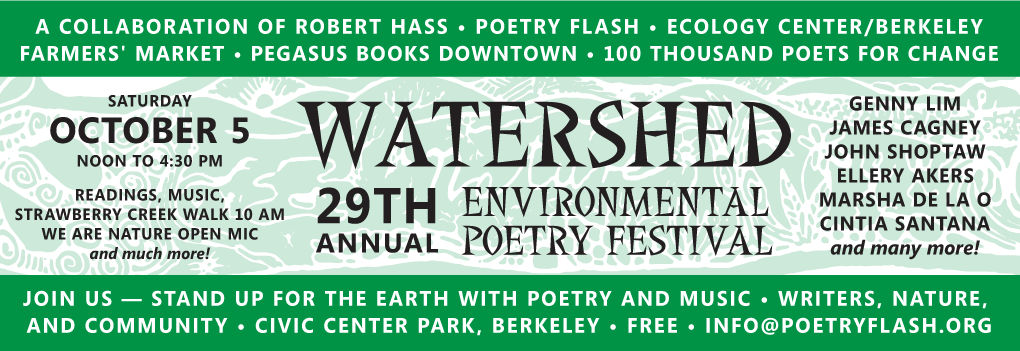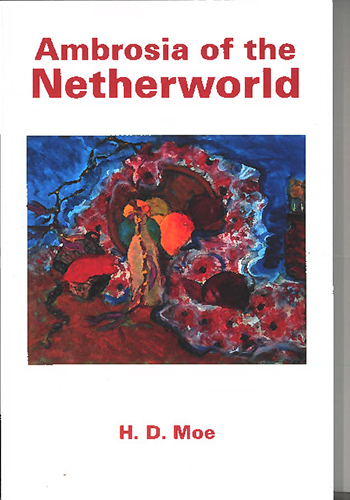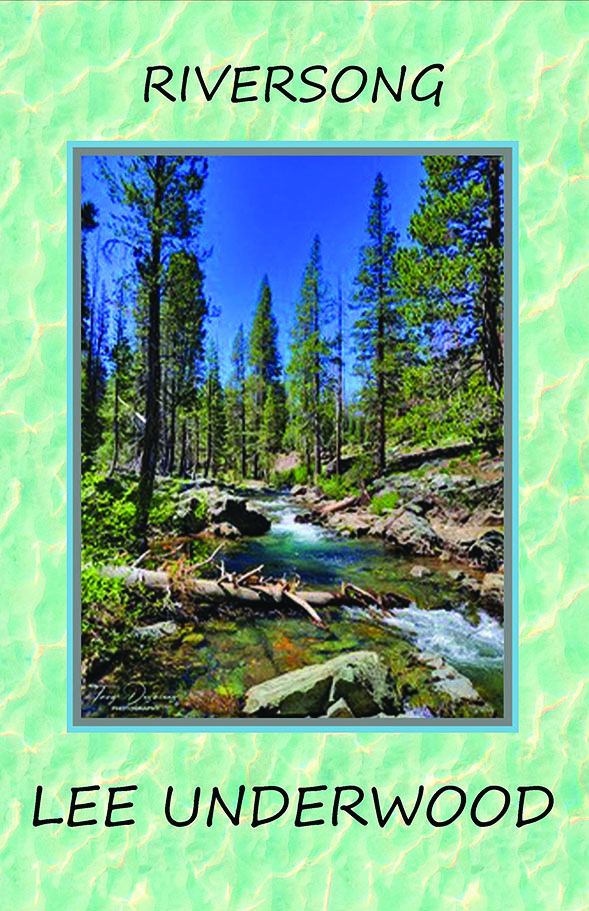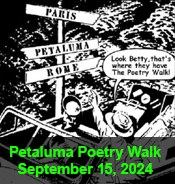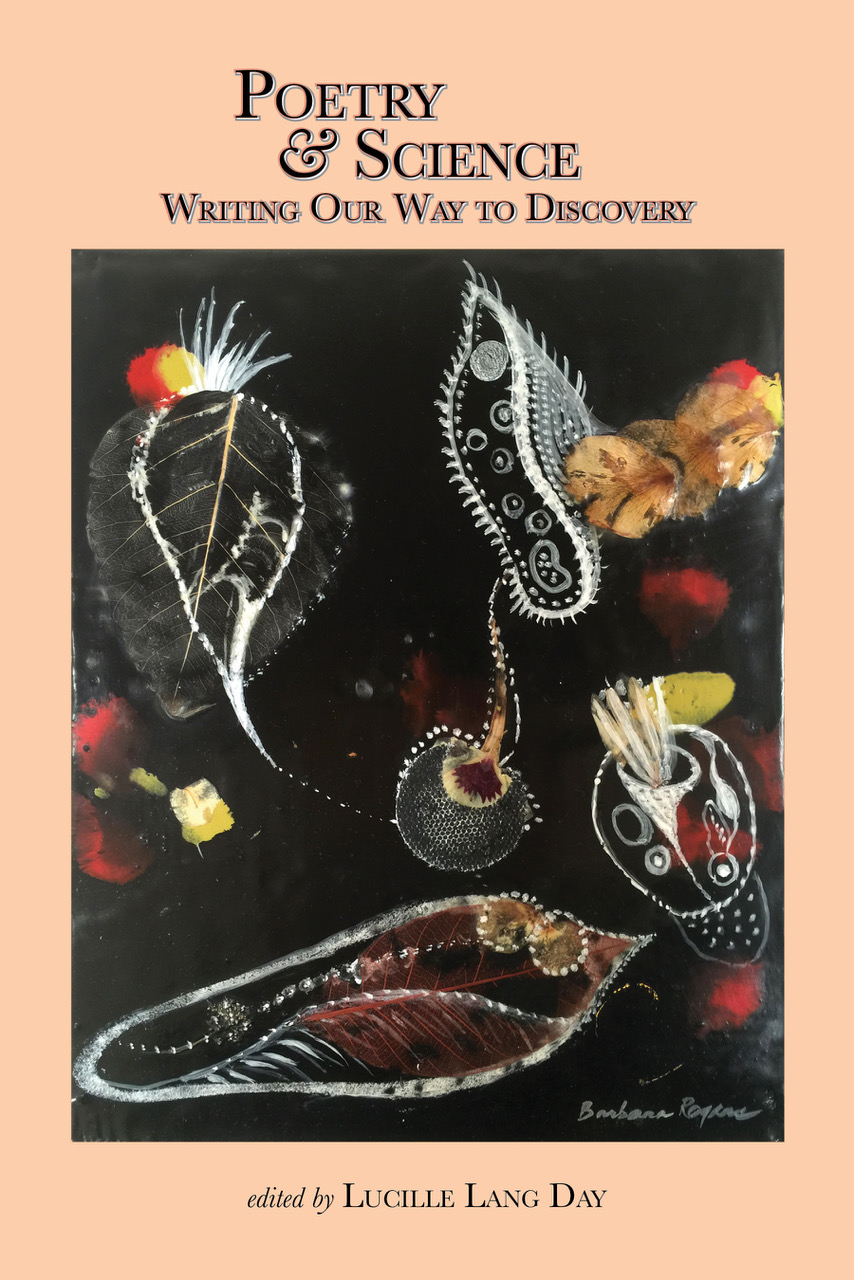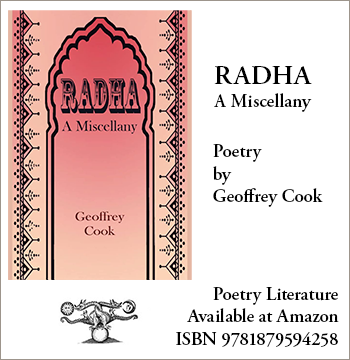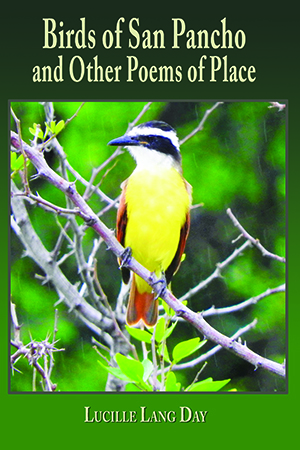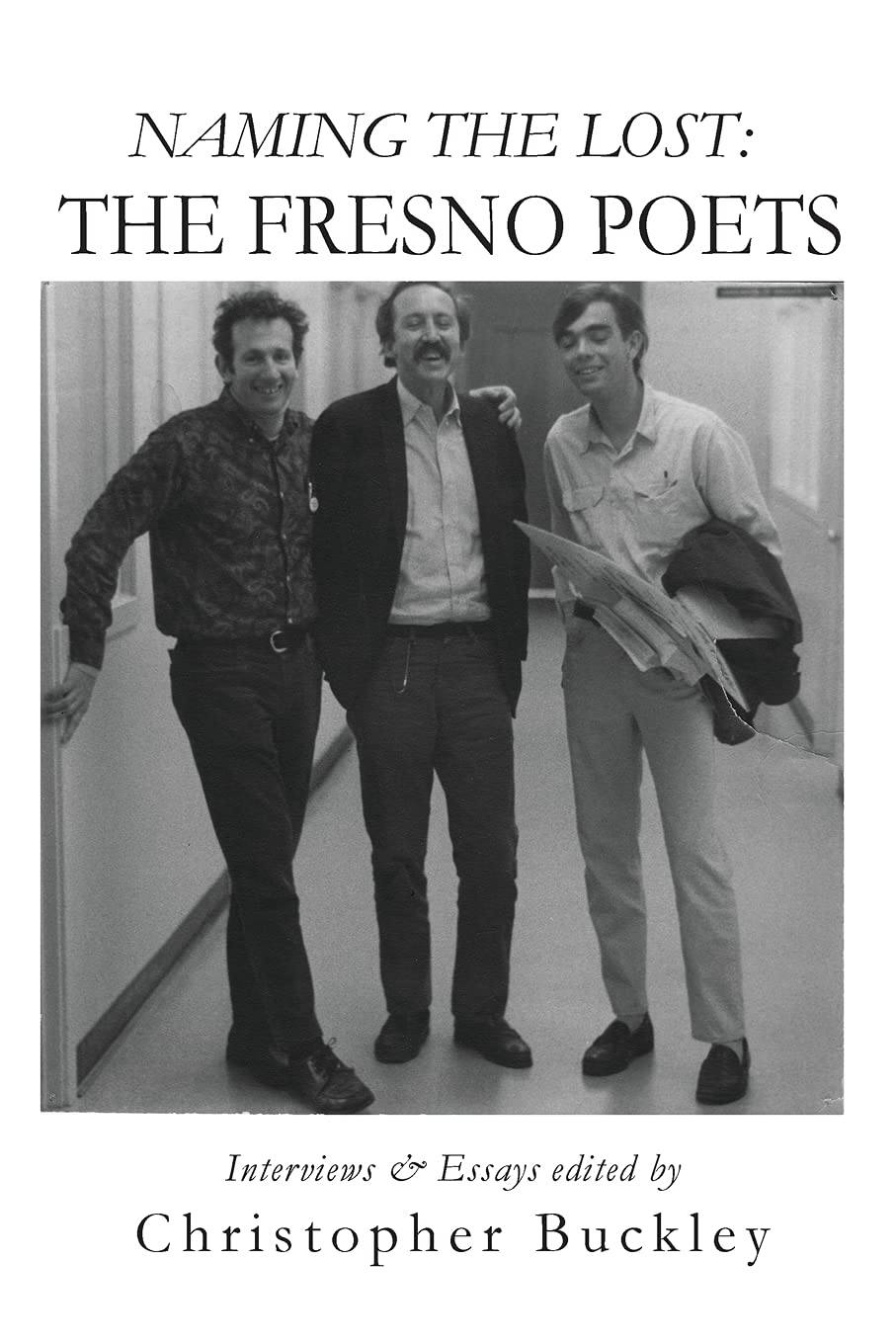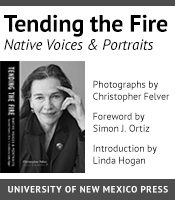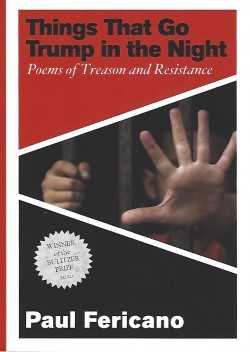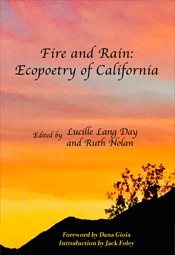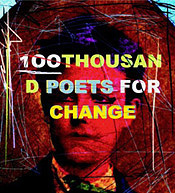
House on Fire
by Jonah Raskin
In the Cities of Sleep, Elizabeth C. Herron, Fernwood Press, Newberg, Oregon, 2023, 122 pages, $17.00 paperback, www.fernwoodpress.com.
IF YOU DIDN'T HAVE the inclination or the pizzazz to celebrate National Poetry in April, not to worry. There's still lots of time to enjoy In the Cities of Sleep, a new book of poems by Sonoma County's newest Poet Laureate, Elizabeth C. Herron, who has been writing for most of her adult life. As she has aged, she has become more topical and timeless. Divided into three parts—"Before," "Between," which is the longest, and "After"—with a total of thirty-seven poems, the book circles around images of disaster and survival.
Ice and fire infuse much of the book, which oscillates between hot and cold, dire reports and ominous predictions about the future of the planet, along with signs of hope. The voice is empathetic, sometimes alarmist, and sometimes comforting.
"In the Cities of Sleep," one of the longest poems in the book, the repetition of certain words such as "water," "salt," and "stone," and at the very end, "river," "bird," "rain," are surprisingly reminiscent of T.S. Eliot's apocalyptic and environmentally aware masterpiece, The Waste Land. It's a fine line Herron walks: not too bleak and not too cheerful. Too bleak and readers turn away, she seems to know instinctively. Too cheerful and they don't trust the author.
The twelfth Sonoma County Poet Laureate, and the only one who taught at Sonoma State University, she has performed with other poets, such as Merlin Coleman, Iris Jamal Dunkle, Gail King, and Pat Nolan, and she has held a series of "Being Brave" poetry workshops from one end of the county to the other.
Herron dedicates the book to "…my beloved onna-pa'is, Sonoma Mountain / and the Atascadero, whose soil and water smell of home." Aware of the Native American past and the loss of species and habitats, Herron is also very much rooted in the present day, as in "Smoke" which begins "The girls hold their cigarettes / outside the open windows of the car." The poet doesn't scold the girls for smoking, which she might have done, but rather adds, "They smoke / out of their uneasy knowing / it's all connected.…"
Everything and everyone is connected in Herron's lyrical poems. In the aforementioned "Smoke," she moves from the stark description of girls smoking in a car, to a near apocalyptic observation of "Fires burning miles to the east." Then, she takes a leap and goes back in time to "the fiery birth of stars" when "lights came on in the universe."
The landscapes that she conjures might be found almost anywhere in northern California, from the Golden Gate, through Sonoma and Mendocino to Humboldt and beyond. Indeed, the poems travel to Alaska and Hawaii, and to the moons of Jupiter and the rings of Saturn. The view is truly global and galactic. Beginnings and endings, births and deaths, the moon and the sun, figure largely in In the Cities of Sleep. In "Extinction" which is dedicated to Paul Shepard—the author of The Others: How Animals Made Us Human (1997)—Herron asks "How can we let what is lost / settle of its own weight / into the secret grief, the emptiness / we mistake for something missing / in ourselves?"
It's a good question that has prompted readers to remember E.O. Wilson, the biologist and ecologist who died in 2021, and who asked, "when will we stop the destruction for the sake of future generations, or go on changing the planet to our immediate needs?" If humans didn't stop the destruction, they would enter the "Eremocene," which Wilson defined as "The Age of Loneliness." Herron shares that fear with Wilson. In her poem, "Eremocene," which is dedicated to Wilson, she wonders what would happen if humans "…sang prayers / and praises…" for the walrus, the caribou, and the squirrels. Then maybe, she suggests, the Earth might be "wealthy" again "with its own ever-becoming."
Herron also shares the kind of passion with which Greta Thunberg, the young Swedish environmental activist, has spoken to adults all over the world. In the Cities of Sleep opens with a quotation from Thunberg: "I want you to act as if the house was on fire. Because it is." Everyone who has lived through the fires that have recently ravaged northern California will know what Thunberg means. Some might call In the Cities of Sleep, nature poetry. Others might call it animal poetry. Birds, bears, deer, and coyotes roam across the pages of Herron's poems and connect readers to an endangered world worth saving. ![]()
Jonah Raskin is the author of Beat Blues: San Francisco, 1955, a novel, and American Scream: Allen Ginsberg's "Howl" and the Making of the Beat Generation, which the San Francisco Chronicle named one of the best books of the year. He has published six poetry chapbooks, including Rock 'n' Roll Women. His writings have appeared in CounterPunch, New York Journal of Books, Tablet, The Rag Blog, the North Bay Bohemian, and elsewhere. He currently lives in San Francisco.
— posted MAY 2023



